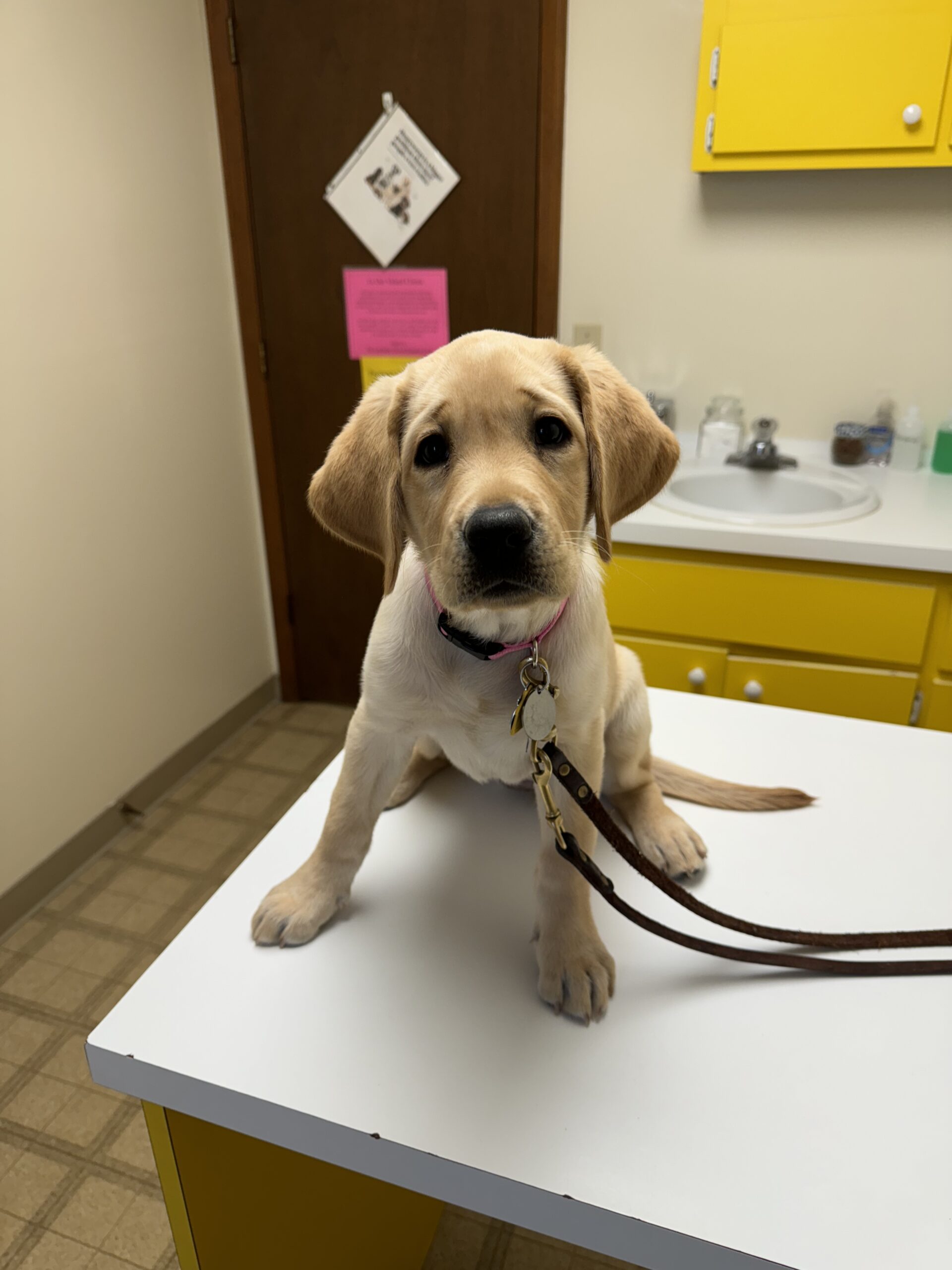You can go directly to the material below by clicking on this link!
Compulsive-Abusive Sexual-Relational Disorder (CASRD)
CASRD Tutorial: Mouse over the diagram below and click on the highlighted sections to read the descriptions. The following is an interactive educational tutorial on compulsive-abusive sexual-relational disorders, a different way of understanding patterns of infidelity, sex addiction or compulsive sexual behavior, and sexual acting out concerns. Starting at level 5 at the bottom is the first and foundational factor that contributes to the formation of compulsive-abusive sexual-relational disorders (CASRD), and you can work your way up the diagram to understand the critical components of the disorder in terms of underlying factors, diagnosis and treatment.
Compulsive-Abusive Sexual-Relational Disorder (CASRD) Iceburg Diagram: Diagnostic and Treatment Model

A New Diagnosis for Sex Addiction and Compulsive Sexual Behavior:
Compulsive-Abusive Sexual and Relational Disorder (CASRD)
By Dr. Omar Minwalla, Licensed Psychologist and Clinical Sexologist
The Diagnostic and Clinical Treatment Formulation for Compulsive-Abusive Sexual-Relational Disorders (CASRD) developed by Dr. Omar Minwalla (2013), emphasizes not only sexual and relational acting out patterns (problematic sexual behaviors alone), but also an integrity and conduct disorder with associated dynamics of perpetration, violation and abuse of others, such as patterns of lying, deceptive tactics, victim-blaming, and covert psychological manipulation (SAIP = “sex addiction-induced perpetrations”). This is foundational and important. To ignore the ways one is abusive to human beings and the ways one violates the human rights of others as “non clinical” is inadequate, if not unethical. If considered clinical, then there is the need for a diagnostic and treatment model that addresses both sexual compulsivity and integrity disorders involving intimate partner abuse.
The “compulsive-abusive” (CASRD) diagnostic system and clinical formulation is one such clinical model that offers both a diagnostic and treatment method for both sexual behavioral disorders (sexual addiction/compulsivity) and the associated integrity violations and abuse of human beings, or intimate partner abuse. Thus, it conceptualizes these disorders existing on a spectrum of both compulsive sexuality and abusive conduct or integrity disorder, with complex and varied etiology and underlying factors, such as developmental and complex trauma, gender pathology, personality disorders or character disturbance and un-integrated sexuality.
Sex addiction and compulsive sexual behavior models of treatment have traditionally focused predominantly on the “lack of control” or “inability to control” specific sexual behaviors. Treatment has involved developing strategies to stop or contain specific sexual behavior, to gain control over problematic or medicating sexual behaviors. This is important and legitimate, and the cognitive-behavioral and regulation strategies have and can be effective in behavioral cessation and healthier coping. However, these problems often include an integrity disorder with associated patterns of intimate partner abuse and domestic harm. These patterns of abuse indicate a psychological disorder, a conduct disorder, just as much as the inability to control sexual behavior indicates a disorder. Thus, a more accurate and comprehensive description of sexual acting out problems and patterns of infidelity includes both compulsive sexual behavior and an integrity-conduct disorder with intimate partner abuse. These problems often present as a two-prong problem or disorder: a behavioral lack of control (compulsivity) over sexual behaviors and an integrity and conduct disorder.
The problem with the current sex addiction and compulsive sexual behavior treatment models is the omission of clear diagnosis and direct clinical treatment of the abuse and integrity disorder, which is pathology. Instead they focus predominantly on the “lack of control over sexual behaviors” and developing tools to gain behavioral control. The focus is on “sexual sobriety” alone, not also on the integrity disorder, abuse or perpetration as a clinical diagnosis worthy of treatment. The “compulsive-abusive” model acknowledges both aspects of this disorder, the sexual behavior part and the integrity and abuse part. This then naturally leads to the treatment of the victims of abuse with an understanding of the trauma that occurs with this type of abuse and harm.
Traditional models diagnose and treat only the patterns of problematic sexual behaviors. This leaves out the diagnosis and treatment of an abuse disorder, rendering traditional models gravely incomplete and reduced to a simple view of these complex problems, treating only one part of a two-part problem. Further, because there is avoidance and omission of the abuse part of the disorder, there is often a lack of recognition of the trauma it is causing to others, termed sex addiction-induced trauma (SAIT). This results in no model to treat victims of this type of abuse, leaving partners and spouses and family members without appropriate clinical treatment or care.
Furthermore, the compulsive-abusive model understands these disorders as being a symptom of underlying factors and pathology and not just simply a brain disease. Sex addiction only explains compulsive patterns of sexual behavior, but does not and cannot adequately explain intimate partner abuse and problems with integrity. Thus, the compulsive-abusive model recognizes a spectrum of possible problems from lacking control over sexual behavior to patterns of lying, deception and abusive manipulation.
Further, it recognizes that the “lack of control” over sexual behavior may be diagnostically compulsive as in the neurological erosion of will power, but that such behavior can also be the result of an abusive psychology of sexual entitlement, rather than a compulsivity problem. The repetition in behavior despite negative consequences can be due to a “lack of control” but can also be due to “unwillingness to control” or “not being motivated by integrity or morality”. Often these problems include some degree of both dependency and inability to control sexual behaviors and also some degree of abusive sexual entitlement, which is not a brain disease or addictive process at all.
In order to help organize and explain the complexity of these problems as they present in people’s life experience, the compulsive-abusive model utilizes a diagram that articulates the clinically relevant underlying factors that are considered primary contributors to compulsive-abusive disorders. These underlying factors are diagramed as an iceberg metaphor, with each underlying factor as a contributing level to the compulsive-abusive disorder at the top of the iceberg, which is a symptom and caused by the underlying factors.
Level 5: Trauma Foundation (Complex-PTSD)
At the foundation of compulsive-abusive disorders (CASRD) is underlying trauma, most often complex traumatic stress disorders (CPTSD). Complex trauma results from repeated patterns of emotional, psychological or physical harm that occurs over time, often during childhood and adolescent development. Complex trauma shapes a person’s ability to experience emotions and reality, develop a cohesive and healthy sense of self, and develop healthy attachment and ways to establish intimacy with human beings. Complex trauma and the habitual coping patterns used can later shape a person’s personality, or adult modus operandi (Level 3).
Level 4: Gender Pathology
A specific type of complex trauma occurs to our gender development, even though this is rarely discussed or made conscious in our society and causes gender pathology, which refers to the unhealthy ways we think and act related to our gender identity. For example, the way society defines masculinity often includes teaching boys and men unhealthy ideas of what it means to be a man and how to gain gender esteem. Sexual acting out is often a way of regulating gender ego and driven by gender needs that are unconscious. Sexual entitlement over the human rights of a wife, for example, is a traditional psychology for men. So, one factor that contributes to compulsive-abusive disorders is gender problems, or gender pathology.
Level 3: Personality Pathology, Character Disturbance and Integrity Disorders
The patterns of harm involved in level 5 and level 4 results in the human being developing strategies of coping based in survival. It is actually these habitual patterns of coping that results in patterns in the personality. Some people develop personality disorders, which are like a person’s modus operandi, or a person’s habitual methods of relating, behaving, thinking, and feeling in daily life that are maladaptive. This level also includes character disturbance, which are deficits in a person’s conscience (Simon, G. 2011). This is similar to the concept of an integrity disorder, which is defined as a lack of integrity in the personality. These personality and character problems often play a significant role in compulsive-abusive sexual-relational disorders. In fact, it is often these underlying diagnoses that result in and explain diagnostically the abusive conduct and intimate partner abuse.
Sexual Development and Integration: It is common for people to have unprocessed sexual wounds and trauma and a lack of healthy integration of sexuality. Complex trauma related to sexual shame, conflict, fear and anxiety may often exist. This sexual underdevelopment coupled with sexual wounding and conflicts may contribute, not excuse, to compartmentalized and abusive sexuality. How this relates to each individual’s compulsive-abusive disorder is unique, but often there are relevant issues around sexual immaturity (including inaccurate or inadequate sexual ideas and information) and the lack of integration of sexual integrity, which includes sexual self awareness and authentic integration, based in part in profound lack of external permission.. Authentic sexual integration often includes learning how to express and manage one’s true sexual nature and become conscious of one’s sexual processes, cognitive, emotional and behavioral as well as relational and societal, etc. The lack of an honest sexual awareness, healthy maturity and sexual integration will often lead to sexual and relational problems.
Level 2: Clinical Symptoms and Diagnosis
These are observable clinical symptoms and syndromes, that are caused by life events as they intersect with the levels underneath, level 5, level 4 and level 3, as well as the sexuality lens.
Level 1: Compulsive-Abusive Sexual-Relational Disorders (CASRD)
Sexual acting out problems and patterns of infidelity are often problems that involve two primary pathological or disordered systems. One system relates to a person’s ability to control sexual behavior and the other system relates to a person’s ability to manifest integrity versus violating integrity, resulting in harm or abuse of others and human rights. Thus, a compulsive-abusive disorder is defined and based on a disorder that involves two diagnostic systems of the disorder, which often overlap and present together. Traditional models for sex addiction of compulsive sexual behavior only diagnosis and treat one system of this two-system pathology or disorder.
Two Primary Criteria for Compulsive-Abusive Sexual-Relational Disorders (CASRD):
- Sex Addiction-Compulsivity (SAC) System is the pattern of problematic sexual or romantic behaviors, recognizing the definition of sex addiction as a behavioral disorder and also recognizing compulsive sexual behavior as describing the “lack of control” or “out of control” sexual behavior. Thus the term sex addiction-compulsivity (SAC) simply describes the sexual patterns of behavior that are problematic and which are often compulsive, meaning a lack of control.
- Sex Addiction-Induced Perpetration (SAIP) System is the system of abusive conduct patterns associated with deceptive management or a deceptive, compartmentalized sexual reality (DCSR) in the context of intimate relationships. This is considered an integrity disorder, which is very different than compulsivity, or lack of control. This often includes patterns of lying, psychological manipulation of partner and family, integrity violations, patterns of blaming others and victims, relational withdrawal and rejection, deceptive tactics and defensive reactions to protect covert sexual life from discovery, relational betrayal, etc. Thus, the term Sex Addiction-Induced Perpetrations (SAIP), simply describes the abusive conduct and patterns of integrity violations.
Sex addiction-induced trauma (SAIT) describes the specific traumatic symptoms caused by the victim’s direct exposure to both the SAC system and the SAIP system. The model recognizes and makes explicit as part of treatment how both sexually compulsive behaviors (SAC) and sex addiction-induced perpetrations (SAIP) result in sex addiction-induced trauma (SAIT) among the patient, partner, children, family system and others. The model asserts the importance of treating sex addiction-induced trauma among those impacted, particularly the intimate partner or spouse.
Compulsive-Abusive Sexual-Relational Disorders (CASRD) Formula
SAC + SAIP = SAIT
Thus, whether sexual-relational behavioral patterns are “compulsive” or not, while important, is not all that is important. That these behaviors are abusive and causing serious harm and violating human beings is also important and thus, needs clinical accountability and a way to address whatever is causing this harm. Thus, whether it is anti-social rage, male sexual entitlement, or a compulsivity disorder that is causing sexual-relational patterns that are abusive and harmful to human beings, all contributing factors require treatment. The field and people seeking help need a clinical model of diagnosis and treatment that addresses both aspects of these problems, rather than continuing to narrow the scope to just diagnosing and treating specific sexual behavior patterns.






The detailed descriptions in this paper should be a mandatory course outline for ALL therapists that treat clients with these issues. Perhaps as a mandatory CE course that determines a therapists ability to renew / maintain their license. Since I discovered my husband’s “secret, double life”, the devastation that occurred at the core of my very soul has been debilitating to all aspects of my life. To say I am confused is putting it lightly, as my husband would have been the last person anyone would suspect as participating is such a dark and destructive lifestyle. We NEED to be directed to a therapist that is qualified for all mentioned in the paper before I die of a broken heart :(. Please have someone to reach out to me to assist so that we stop wasting time and money with therapist that are not capable of moving us forward in the uninvited journey that I am trying to survive.
I am in full agreement with you that Dr. Minwalla’s research should be mandatory training for therapists who deal with the tsunami of damage that occurs on the other side of partners that perpetuate the kind of sexual deception described in his article. I frequently posts links to his materials on my Blog however, I am an independent private practitioner and provide the reference for anyone who is considering therapy as a way of informing them of what I believe and how I operate in my own work (I use Dr. Minwalla’s model). However, I am not a training site or comprehensive center for sexual health or recovery. I would encourage you to reach out to Dr. Minwalla directly (he is highly responsive) if you are looking for a therapist he can recommend in your area or would like someone, who is doing critical research in the field, to share your voice regarding the impact of sexual compulsivity on partners and the inadequate approach to treatment you have encountered.
Thanks so much for reaching out Tiffany – I fully appreciate the destruction and long lasting damage that this kind of intimate relationship sexual perpetration brings and highly regard Dr. Minwalla
Dr. Minwalla’s research is a must for therapists. I am currently in counseling with my sex addicted husband and my counselor treats me as if it’s my fault and tells me I need to be gentle to my husband. My trauma is being ignored and I feel like I’m going deeper into a black hole because no one understands the abuse I have endured. Hopefully, someday more therapists will use this model so proper diagnosis and therapy will be available!
I would recommend that you find another therapist – therapeutic trauma is also likely from the experience you are describing.
It has been 13 years since I found the first little tid bit of information that saved my life. I accidentally found a book that purposed partners dealing with this were experiencing PTSD. Therapists were either ignoring me or in most cases demanded that I was codependent and in denial. My already twisted sense of reality was taking more abuse. I am more than a little disheartened that the approach outlined here has not already become a standard. I want to truly thank Dr. Minwalla for the continued work and perseverance. I know it has encouraged countless individuals and saved my sanity.
Dr. Minwalla’s work is a must for anyone working with the betrayed partner and anyone who has been a perpetrator or the victim of a perpetrator – it is the only model I use in my work and I am always saddened that more therapist’s are not using his framework – enough of defining partners according to the perpetrators conduct and pathologies.
I am a recovering sex addict who has recently joined a twelve steps group, and having been put onto Dr Minwalla’s research by my partner just yesterday I can already tell that his research fills many of the gaps that there seems to be in the twelve steps approach. I’ve also read TINSA and while that seems to do a good job of addressing the trauma side of the picture, there is little acknowledgement of the sociological factors that are mentioned here and that seem to play a very significant role. I find the concept of ‘gender pathology’ very compelling and look forward to reading into Dr Minwalla’s work some more. Shame that his course is so bloody expensive though, seems that treatment in these spaces is often reserved for people who have bags of money.
Dr. Minwalla’s work gets to the many layers of this problem and approaches recovery systemically and with compassion and accountability. He has done the best work addressing the needs of partners and families – and the need for excellent providers who follow his model cannot be overstated.